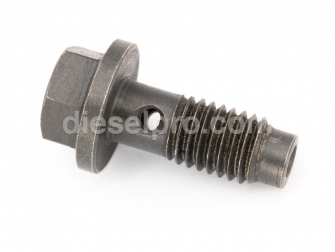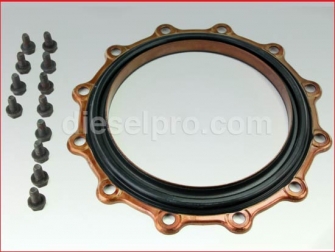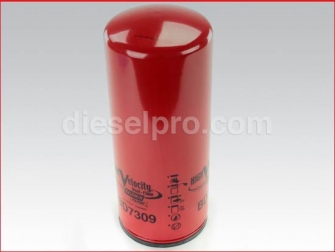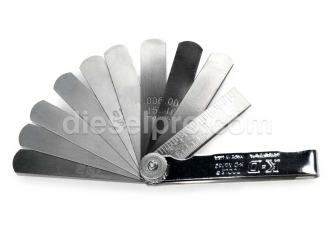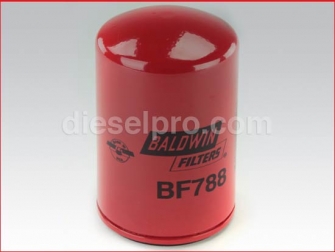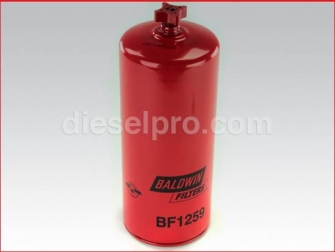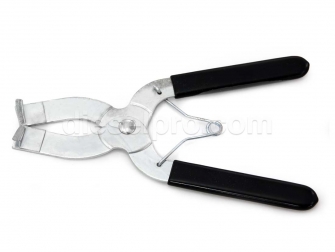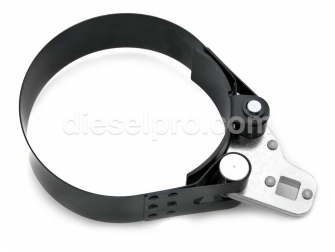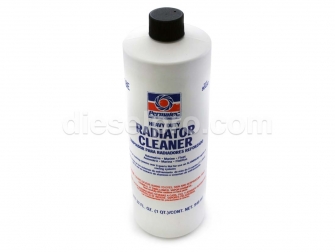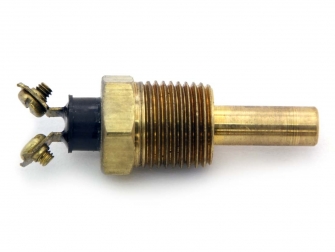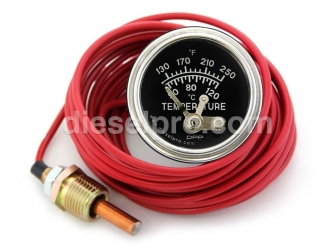Cummins QSM Parts - Rebuild Kit Section
 Loading...
Loading... Cummins QSM11 Overhaul Kits and Related Components Catalog
The Cummins QSM11 engine is a workhorse in both marine and industrial applications, known for its efficiency, longevity, and excellent power-to-weight ratio. Whether you're working with a QSM11 in a commercial vessel or a piece of heavy-duty machinery, proper engine maintenance is critical. One of the most cost-effective and performance-preserving ways to extend the life of your engine is through a complete rebuild using a high-quality overhaul kit.
This section details Diesel Pro Power’s selection of Cummins QSM11 rebuild kits and essential complementary components, all organized to simplify your overhaul planning.
Overhaul Kits for Cummins QSM11 Engines
Overhaul Kit for Cummins QSM11 – Compatible with CPLs 2828, 2829, 8062, 8409, 8753
This QSM11 rebuild kit includes high-quality 2-piece pistons, cylinder liners, piston rings, wrist pins, retainers, and connecting rod bearings, all manufactured to meet or exceed OEM specifications. It is designed for complete engine overhauls where long-term performance and reliability are key.
Piston Design:
The two-piece piston design used in these kits is known for durability under high combustion pressures. These pistons allow for better heat management and reduce the likelihood of piston cracking or fatigue in high-output applications. This feature is especially beneficial for marine engines operating at prolonged load cycles.
Compression Ratios:
This kit is commonly used with engines that operate at a compression ratio of approximately 16.0:1, which offers a good balance between power and thermal efficiency. Higher compression ratios improve fuel combustion efficiency and torque output, making them ideal for high-demand commercial or marine uses.
Usage Scenarios:
-
Marine commercial fishing vessels
-
Heavy equipment such as excavators, loaders, and haul trucks
-
Stationary pumps or generators requiring consistent output
Overhaul Kit for Cummins QSM11 – Compatible with CPL 8590
This is another two-piece piston overhaul kit tailored specifically for QSM11 engines with the 8590 CPL. It contains all the critical internal components required for a full in-frame or out-of-frame rebuild. Components are precision-engineered for durability in continuous operation environments.
Compression Ratio Insight:
Engines rebuilt with this kit typically maintain a 16.0:1 compression ratio, optimized for marine propulsion and stationary engines. This ratio ensures complete combustion, helping reduce smoke and improving cold start performance—an important factor for vessels that operate in varying weather conditions.
Why Choose This Kit:
-
Factory-grade metallurgy ensures strength and longevity
-
Perfect match for QSM11 CPL 8590 series engines
-
Ideal for marine propulsion and auxiliary generators
Complementary Components to Complete Your Rebuild
Beyond pistons and liners, a successful engine overhaul requires addressing all peripheral systems to ensure performance and prevent future failures. The following items are recommended when rebuilding the QSM11 engine.
Piston Cooling Nozzles for QSM11
These nozzles play a critical role in maintaining piston temperature by spraying oil directly onto the underside of each piston. Replacing worn or clogged nozzles is essential to avoid localized overheating and piston failure.
Engine Requirement: 6 nozzles per engine
Bolts for Piston Cooling Nozzles
Every piston cooling nozzle must be properly torqued and sealed. These specialized bolts ensure secure installation and oil containment during high-speed operation. Replace them during rebuilds to prevent issues stemming from reusing stretched or corroded hardware.
Rear Crankshaft Seal Kit
A new crankshaft seal kit ensures a leak-free seal at the rear of the crankshaft, where oil leaks are notoriously difficult to correct post-assembly. This kit includes both the seal and the sleeve and is compatible with late-model QSM11 engines.
Engine Service and Maintenance Essentials
A rebuild is incomplete without addressing filtration, measurement, and tool needs. Below are essential components that should be installed or used during every overhaul.
Cummins Oil Filter – Spin-On Type
This oil filter is engineered for the QSM11’s high-volume lubrication system. It ensures clean, uninterrupted oil flow to all critical bearings and components. Changing the filter during rebuild ensures immediate protection at startup.
Specifications:
-
Spin-on configuration
-
Diameter: 4.65"
-
Height: 11.69"
-
Thread size: 2 1/4" - 12 UN
Fuel Filtration Components
Proper fuel filtration prevents damage to injectors and improves engine efficiency. We recommend replacing the following during overhaul:
-
Primary Fuel Filter: Filters larger contaminants before reaching the injection system.
-
Secondary Fuel Filter: Provides finer filtration to protect injectors.
-
Fuel/Water Separators: Remove water and protect against microbial growth in marine environments.
Replacement Notes:
-
Always bleed the fuel system post-installation.
-
Inspect fuel lines for wear or degradation.
Feeler Gauge Set (.002" to .025")
This tool is essential for setting valve lash correctly after cylinder head installation. Incorrect valve lash can cause poor engine performance, noise, and even internal damage. This feeler gauge set provides precision gaps ideal for Cummins valve systems.
Piston Ring Assembly Tool
Assembling pistons with new rings requires this specialized tool to prevent ring breakage or cylinder wall scoring. If reusing old tools, verify they are free from burrs or warping.
Filter Removal Wrenches
Two sizes of filter removal wrenches are recommended:
-
Fuel Filter Wrench: For filters measuring 3-7/16" to 3-3/4"
-
Oil Filter Wrench: For filters 4-21/32" to 5-5/32"
These tools ensure safe and efficient removal and installation of spin-on filters without damaging filter housings.
Final Inspection & Fluid System Support
Radiator Cleaner
Though technically not part of the engine, the radiator plays a crucial role in maintaining optimal engine temperature. Using a radiator cleaner helps remove scale and debris, restoring coolant flow. This is especially important post-overhaul when the engine must operate at peak thermal efficiency.
Temperature Switch
Replacing the temperature switch during rebuild is a smart choice to ensure the cooling fan or alarm system activates at the correct engine temperature. The switch typically closes at 205°F and threads into the engine block or cylinder head.
Gauges for Monitoring Post-Rebuild Performance
After your rebuild, maintaining engine health depends on accurate monitoring. We offer:
-
Mechanical Gauges (Oil Pressure, Coolant Temp)
-
Mechanical Gauges with Alarm
-
12V and 24V Electrical Gauges
Monitoring oil pressure, coolant temperature, and voltage immediately after an overhaul helps catch break-in issues early.
Why Choose Diesel Pro Power for Your QSM11 Overhaul?
At Diesel Pro Power, we understand that time is money—especially when it comes to marine and industrial engines. That’s why we offer:
-
Fast worldwide shipping to get your engine running again quickly
-
40,000+ satisfied customers who trust our reliability and service
-
Easy CPL matching to ensure perfect fit and performance
-
Dedicated customer support for any technical questions during your rebuild process
Best Practices When Rebuilding a Cummins QSM11 Engine
Here are key steps and recommendations to ensure your rebuild is done right:
1. CPL Matching
Before ordering, confirm your engine’s CPL (Control Parts List) number to ensure compatibility. Even slight differences in piston crown design or connecting rod bearings can cause premature wear if mismatched.
2. Inspect the Block and Crankshaft
Measure crankshaft journals and block bore dimensions before reassembly. Oversize or undersize bearings may be required depending on wear.
3. Use New Fasteners Where Required
Critical fasteners such as head bolts, rod bolts, and piston cooling nozzle bolts should be replaced rather than reused, as they can stretch or weaken over time.
4. Prime the Lubrication System
Before first startup, use an external oil priming system or crank the engine without fuel until oil pressure builds. This step protects bearings during initial dry cycles.
5. Break-In Period
Use break-in oil and avoid prolonged idling or high-speed operation during the first 50–100 hours. Follow Cummins guidelines or consult with your engine builder.



 Free US Calls: 1-888-433-4735
Free US Calls: 1-888-433-4735 International: 305-545-5588
International: 305-545-5588









